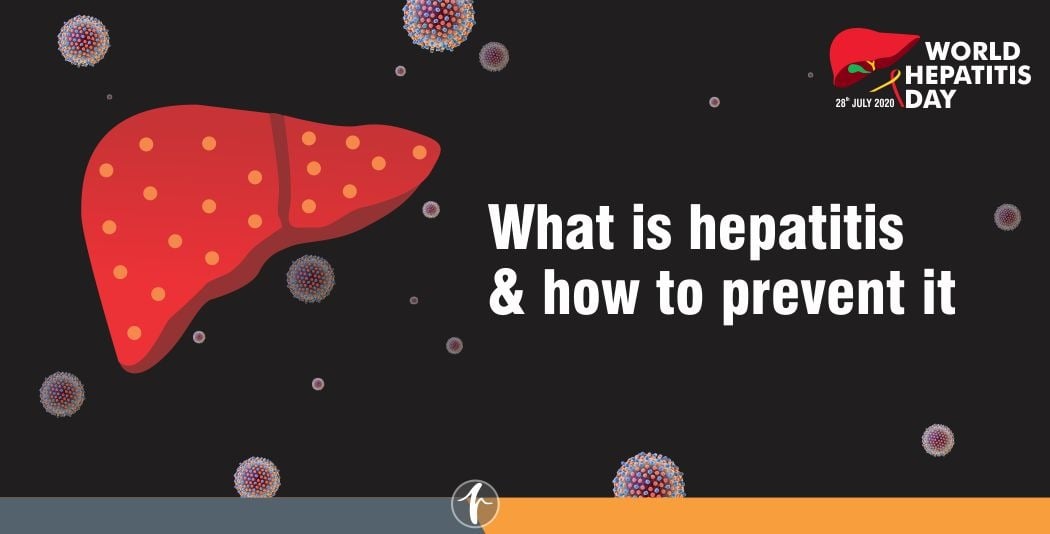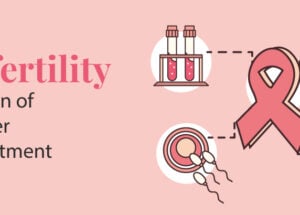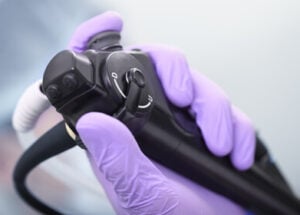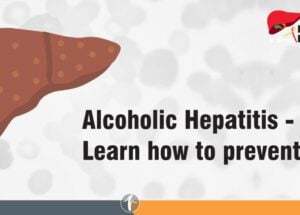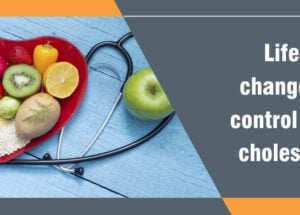Polymyositis: Signs, Diagnosis, and Treatment Insights
March 22, 2025
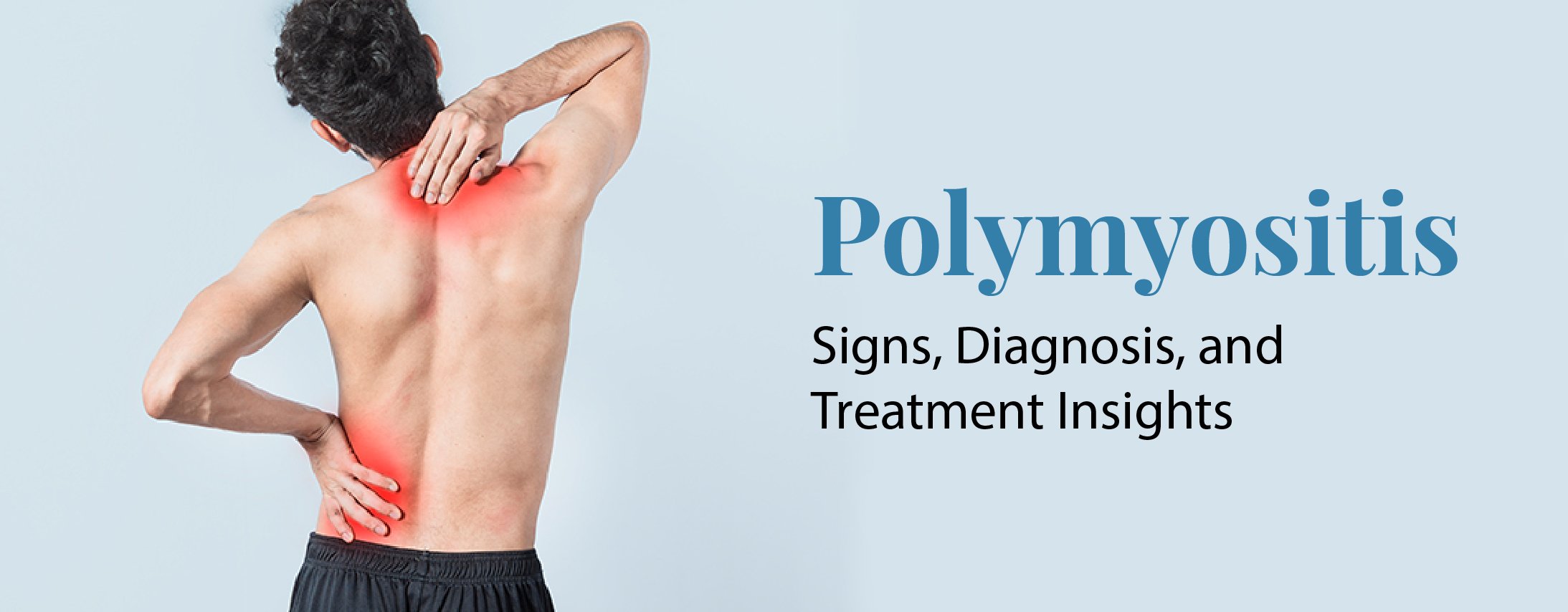
An unusual inflammatory disease called polymyositis results in muscle irritation, inflammation, and progressive weakness. Usually, both sides of the body are affected. Simple activities like reaching high, lifting objects, and climbing stairs may become challenging. This condition, which is more common in women than in men, mostly affects individuals between the ages of 30 and 50. It belongs to a class of illnesses called inflammatory myopathies. Symptoms typically appear gradually over the course of weeks or months.
Causes
The exact cause of polymyositis is unclear, but it is categorized as an autoimmune disease in which the immune system malfunctions. While it often develops idiopathically (without a known cause), it can also be linked to other autoimmune disorders like scleroderma, lupus, or rheumatoid arthritis. Triggers can include viral infections like COVID-19, influenza, the common cold, or HIV, as well as certain medications. Although polymyositis rarely affects people under the age of 18, it is more common in adults aged 31 to 60. Despite ongoing studies, medical personnel are often unable to pinpoint the exact source of a problem.
Symptoms
Polymyositis affects muscles throughout the body, including the shoulders, hips, thighs, upper arms, and neck. This muscular weakness gradually worsens over time and affects both sides of the body, making daily actions such as getting out of a chair, lifting objects, and climbing stairs difficult. Serious problems can also arise from affecting the muscles responsible for breathing, swallowing, and even heart function. Typical indications of polymyositis are:
- Muscle weakness, particularly in the neck, legs, upper arms, shoulders, and hips.
- Tenderness is present in conjunction with muscle discomfort and stiffness.
- Dysphagia, or difficulty swallowing, can cause malnutrition and weight loss.
- Breathing difficulties include shortness of breath.
- Fatigue is a chronic symptom of the disease.
- Joint stiffness and soreness are more noticeable, especially in the mornings.
- Daily actions that cause problems include standing, ascending stairs, lifting, and reaching high places.
- Other symptoms include fever, weight loss, and irregular heartbeats (when the heart muscle is inflamed).
Polymyositis symptoms can greatly reduce the quality of life and, in severe cases, may result in life-threatening complications. If you have problems eating or breathing, seek medical attention right away. Prompt diagnosis and treatment are essential for controlling symptoms and preventing complications.
Diagnosis
A physical examination, medical history review, and diagnostic testing are used to diagnose polymyositis and rule out other potential causes of muscle weakness. During the physical examination, a medical professional measures muscular strength and asks about complaints like difficulty performing specific movements.
Typical examinations to diagnose polymyositis:
- Blood examinations check for elevated muscle enzymes, which may indicate muscle inflammation or damage, and determine which autoimmune diseases are characterized by abnormal antibodies.
- EMG (or electromyography) finds irregularities by detecting electrical activity in muscles.
- MRI uses magnets and a computer to visualize muscular inflammation.
- Muscle biopsy uses a microscope to analyse a small sample of tissue to assess the state of the muscles and detect inflammation or injury.
These tests help doctors confirm a diagnosis, determine the severity of the illness, and differentiate polymyositis from other disorders with similar symptoms. Timely and precise diagnosis is vital for successful treatment and therapy.
Treatments
Although polymyositis is incurable, there are several treatments that can help regulate symptoms, reduce inflammation, and improve quality of life. The severity of the illness, age, health, and symptoms of each patient define the treatment strategy, which may need to be modified over time.
- Medicines such as Corticosteroids or immunosuppressants are used for managing symptoms, such as reducing inflammation or controlling muscle damage.
- Various therapies, including physical and heat therapy, help strengthen muscles, prevent shrinkage, and enhance flexibility.
- Assistive devices such as braces are used to provide support and aid in mobility.
When inflammation is adequately treated, many people have periods of remission. Regular interactions with medical providers are essential for tracking results and making necessary changes to therapy.
Although there is no known cure for polymyositis, there are effective treatments available to help regulate symptoms, reduce inflammation, and improve overall quality of life. A combination of medications, physical therapy, and supportive care can help treat muscle weakness and discomfort, enabling people to preserve their independence and mobility. Routine check-ins with medical professionals are essential for monitoring progress and making appropriate therapeutic modifications. Despite the hardships of the illness, many people experience remission and live happy lives when it is appropriately handled.
Frequently Asked Questions
1. Can polymyositis affect other organs?
Yes, in severe cases, polymyositis can affect the heart, lungs, and swallowing muscles, leading to malnutrition, breathing difficulties, or irregular pulse.
2. Is polymyositis life-threatening?
Even though it can create serious problems, especially if left untreated, many people can effectively manage their symptoms and live happy, productive lives. To avoid issues, early detection and treatment are critical.
3. Can polymyositis go into remission?
Yes, with adequate treatment, many people experience periods of remission in which their symptoms improve, and inflammation is either nonexistent or very low.
4. Can polymyositis be inherited?
Some research suggests that polymyositis (and other forms of myositis) may have a genetic link. This means biological parents could potentially pass on certain genetic mutations that increase the likelihood of developing the condition.
However, experts have not yet identified specific genetic mutations responsible for polymyositis, nor have they confirmed a higher risk of passing it to biological children.
If you are concerned about the possibility of hereditary conditions, consult your healthcare provider about genetic counseling.


